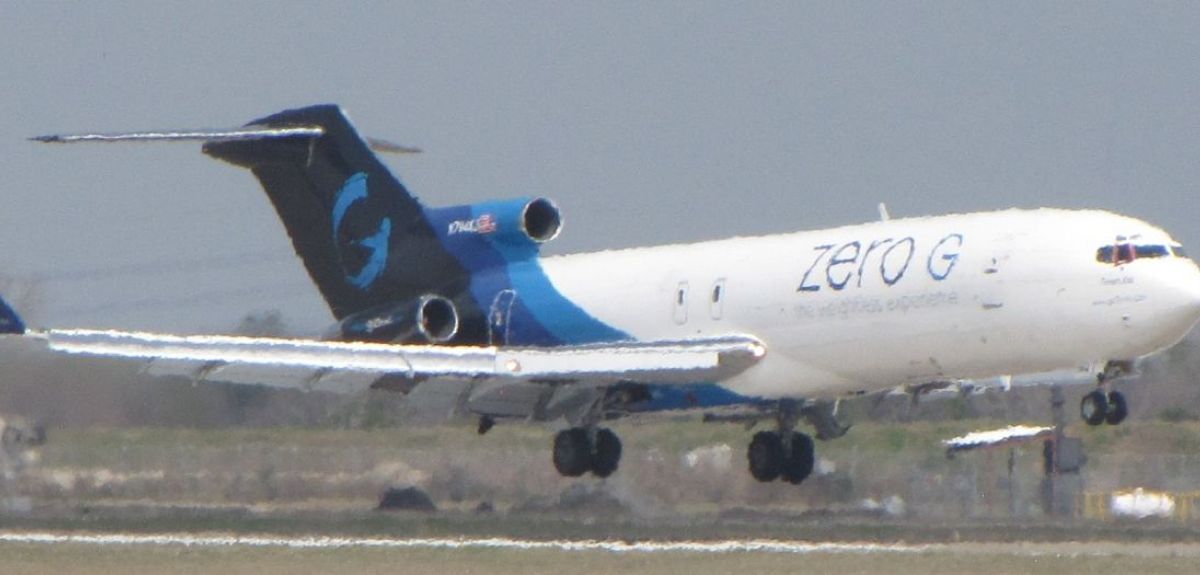
Source: NASA
Oxford researchers test health technology on zero gravity flights with NASA
A team of doctors and scientists from the University of Oxford have tested a tissue oxygen monitor in microgravity for the first time. Dr Thomas Smith, who leads Oxford’s Aerospace Medicine Research Group and led the research, presented the results at an international conference on aviation and space medicine in Oxford on Monday 21st September.
The team studied a new portable monitoring device on special test flights in which an aircraft carries out a series of steep climbs and dives called parabolas. Each parabola provides a short period of microgravity, just like the weightlessness astronauts experience in space. Unfortunately parabolic flights can also lead to motion sickness, and the aircraft is nicknamed the vomit comet.
Dr Smith said: ‘This is a step towards understanding whether tissue oxygen levels are reduced in space, which could contribute to the health challenges faced by astronauts on long space missions. We’re also interested in using this technology to explore how gravity affects the lungs generally, on Earth as well as in space.’
The study was conducted in Houston, USA, in collaboration with NASA. The team floated through 160 parabolas, and the study was a success.
‘This monitor has already been used clinically in patients,’ Dr Smith said.
‘We were able to demonstrate the potential for using monitors like this in space, such as on the International Space Station, or even on a mission to Mars,’ Dr Smith said.
 New Year Honours 2026
New Year Honours 2026
 New study estimates NHS England spends 3% of its primary and secondary care budget on the health impacts of temperature
New study estimates NHS England spends 3% of its primary and secondary care budget on the health impacts of temperature
 International collaboration launches largest-ever therapeutics trial for patients hospitalised with dengue
International collaboration launches largest-ever therapeutics trial for patients hospitalised with dengue
 Oxford-built multi-agent assistant for cancer care to be piloted in collaboration with Microsoft
Oxford-built multi-agent assistant for cancer care to be piloted in collaboration with Microsoft